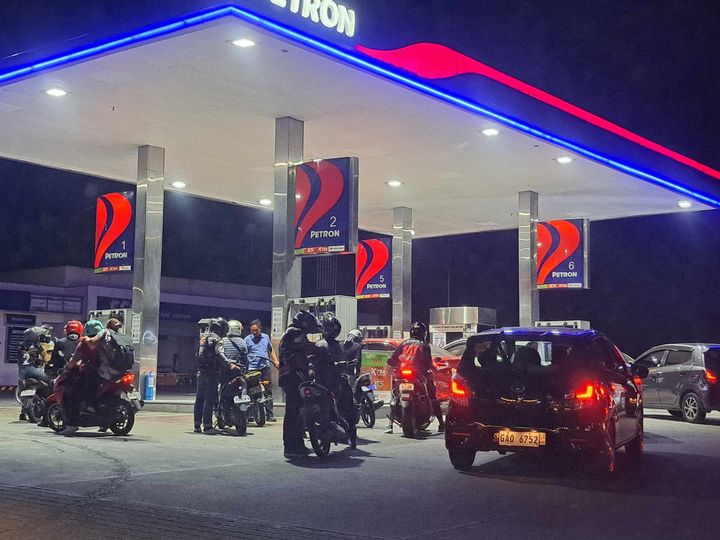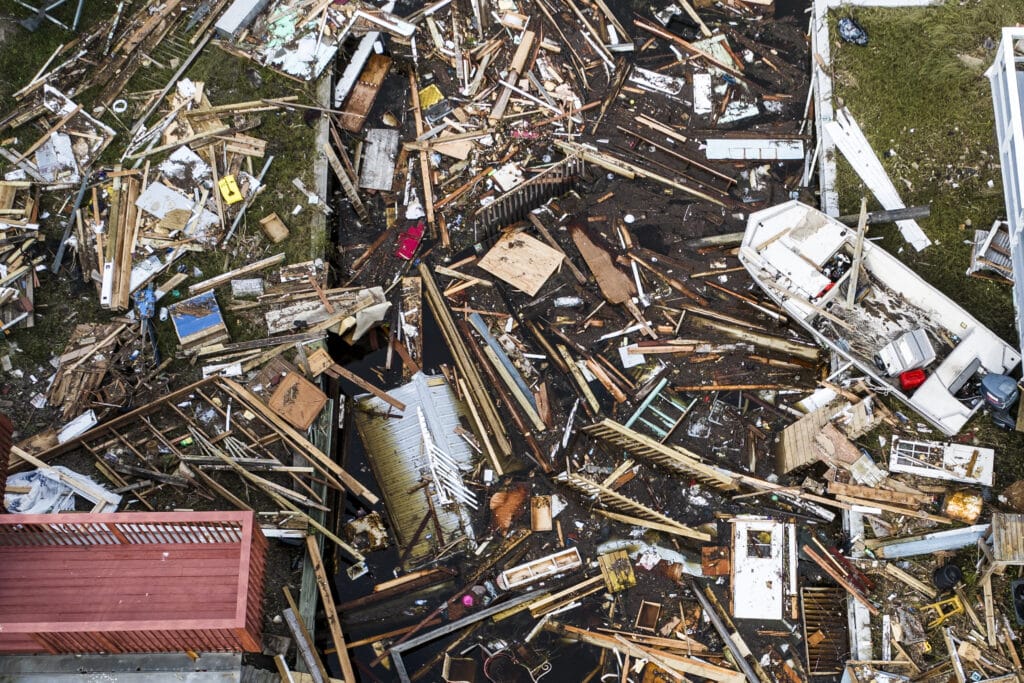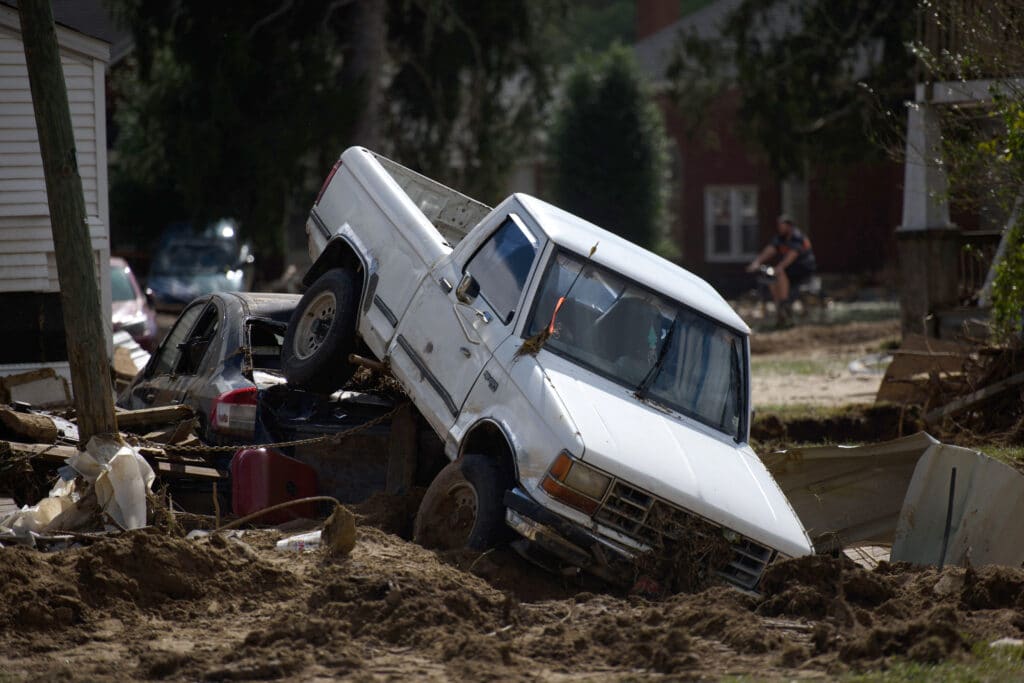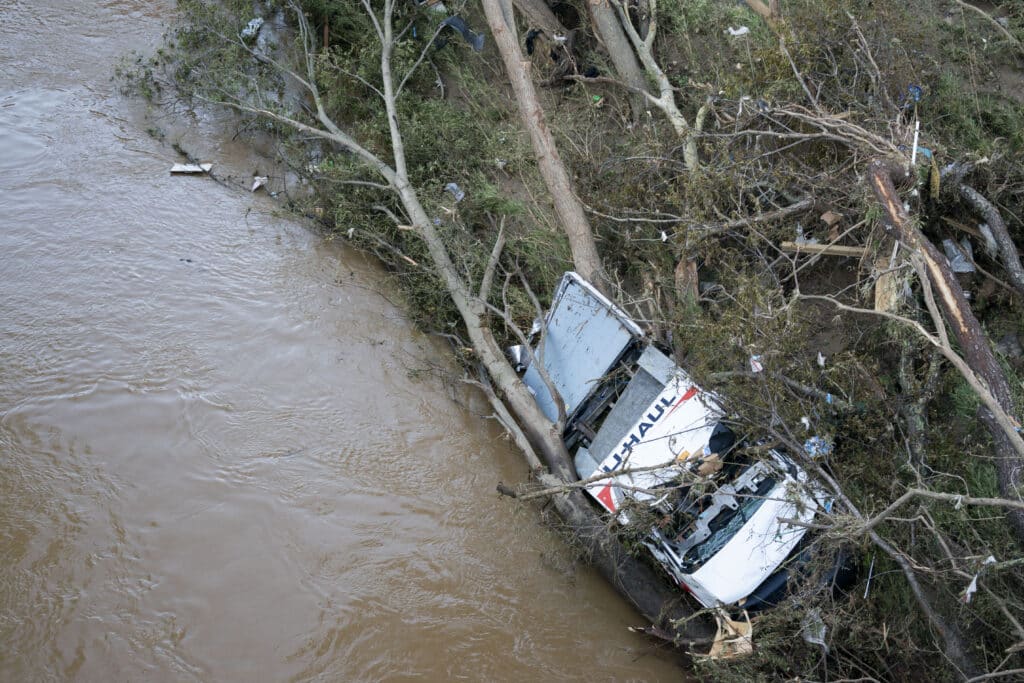Apple Cinnamon Scones – Sally’s Baking Addiction
These deliciously spiced apple cinnamon scones are a quintessential fall treat, perfect with a warm cup of tea. They’re buttery soft with flaky centers, crisp-crumbly edges, and loaded with bits of sweet-tart juicy apples. Crunchy coarse sugar and caramel sauce are the perfect finishing touches!
I originally published this recipe in 2015 and have since added new photos and a few more success tips.

I learned how to make absolutely delicious scones 10 years ago when I attended a cooking event in a test kitchen. Turns out that I had been making all the wrong scones up until that point! Since that fateful afternoon, I’ve perfected chocolate chip scones, blueberry scones, and even ham & cheese scones.
I use the same basic recipe for each flavor and you can find that base recipe here: scones recipe. It’s my trusted formula to produce the tastiest scones. Readers have loved it for years.
One reader, Lindsey, commented: “I’ve made a lot of different scones (including your basic scone recipe, which is also excellent!) and these are by far the most requested! The homemade salted caramel is also 100% worth the effort. My MIL loved it so much, she just eats it by the spoonful. Excellent recipe! ★★★★★”

Today we’re making apple cinnamon scones, a top choice year round, and especially when the fall season arrives. Here’s why you’ll love them, too:
- Sweet crisp-crumbly edges
- Soft and moist yet flaky centers
- Crunchy golden brown exterior
- Cinnamon & brown sugar flavors
- An overflow of juicy apples
- Drizzles of salted caramel on top—just how we like our apple turnovers, too!
Grab These Ingredients:

Here’s how all of the ingredients work together to make these scones a delightful success:
- Flour: 2 cups of all-purpose flour is my standard amount for homemade scones, but set aside some extra for the work surface and your hands.
- Brown Sugar: I use either white granulated or brown sugar in my scone dough—it depends on the add-ins. I love brown sugar with apples. Stick with about 1/2 cup. Feel free to slightly decrease, but keep in mind that the scone flavor and texture will slightly change.
- Baking Powder: Adds lift.
- Salt, Cinnamon, & Vanilla Extract: These 3 ingredients add flavor.
- Frozen Butter: Besides flour, cold butter is the main ingredient in apple scones. It adds flavor, flakiness, crisp edges, and rise.
- Heavy Cream: For the best-tasting pastries, stick with a thick liquid such as heavy cream or whole milk buttermilk. For a nondairy option, try using full-fat canned coconut milk. Avoid thinner liquids such as milk or almond milk—the result is often dry, bland, and flat scones.
- Egg: Adds flavor, lift, and structure.
- Apples: Use your favorite apple variety. I love Granny Smith, Honeycrisp, or Fuji here. Whatever kind of apples you enjoy in your apple pie or apple cobbler, you’ll enjoy here.
Frozen Grated Butter
I’ve learned that frozen grated butter is key to scone success.
Like when we make pie crust, work the cold butter into the dry ingredients. The cold butter coats the flour. When the buttery flour crumbs melt as the scones bake, they release steam, which creates pockets of air. These pockets add a flaky center, while keeping the edges crumbly and crisp. Refrigerated butter might melt in the dough as you work it, but frozen butter will hold out until the oven. Timing is KEY! And the finer the pieces of cold butter, the less the scones spread and the quicker the butter mixes into the dry ingredients. Remember, you don’t want to over-work scone dough.
I recommend grating the frozen butter with a box grater.


In Photos: How to Make Apple Cinnamon Scones
Because there’s no yeast, these apple cinnamon scones go from the mixing bowl to the oven relatively quickly. First, mix the dry ingredients together. Second, cut shredded butter into the dry ingredients. You can use a pastry cutter, 2 forks, or your hands for this step. A food processor works too. To avoid overly dense scones, work the dough as little as possible. I always use a pastry cutter.


Next, whisk the wet ingredients together. Pour the wet ingredients into the dry ingredients, add the apples, then gently mix together.


Form the dough into a disc, then cut into 8 wedges.


To obtain a flaky center and a crumbly exterior, scone dough must remain cold. Cold dough won’t over-spread, either. Therefore, I highly recommend refrigerating the shaped scones for at least 15 minutes prior to baking. You can even refrigerate overnight for a quick breakfast in the morning.
Before baking, brush the scones with heavy cream and sprinkle with coarse sugar. These extras add a lovely golden sheen with a bakery-style crunch. After that, bake the scones until golden brown.




The scones are INCREDIBLE right out of the oven, but taste even better with salted caramel on top. 🙂 What doesn’t?!
Other topping options: You can certainly keep the scones plain or dust with confectioners’ sugar. Or try the maple icing from these maple brown sugar cookies, the brown butter icing from these pumpkin oatmeal cookies, or simply vanilla icing.


More Apple Recipes


Apple Cinnamon Scones with Caramel
Prep Time: 30 minutes
Cook Time: 25 minutes
Total Time: 1 hour
Yield: 8 scones
Category: Breakfast
Method: Baking
Cuisine: American
Description
These apple cinnamon scones are buttery and moist with crisp-crumbly edges and soft flaky centers. Crunchy coarse sugar and salted caramel are the perfect finishing touches. Read through the recipe before beginning. Refrigerate the shaped scones for at least 15 minutes before baking, to help prevent the scones from over-spreading.
Instructions
- Whisk flour, baking powder, cinnamon, and salt together in a large bowl. Grate the frozen butter using a box grater. Add it to the flour mixture and combine with a pastry cutter, two forks, or your fingers until the mixture comes together in pea-sized crumbs. Place in the refrigerator or freezer as you mix the wet ingredients together.
- Whisk 1/2 cup heavy cream, the egg, brown sugar, and vanilla extract together in a small bowl. Drizzle over the flour mixture, add the apples, then mix together until everything appears moistened.
- Lightly dust a work surface with flour. Pour the dough mixture on top and, with floured hands, work dough into a ball as best you can. Dough will be sticky. If it’s too sticky, add a little more flour. If it seems too dry, add 1 more Tablespoon of heavy cream. Press into an 8-inch disc and, with a sharp knife or bench scraper, cut into 8 wedges.
- Brush scones with remaining heavy cream and if desired for extra crunch, sprinkle with coarse sugar. (You can do this before or after refrigerating in the next step.)
- Place scones on a plate or lined baking sheet (if your refrigerator has space!) and refrigerate the shaped scones for at least 15 minutes and up to 1 day.
- Meanwhile, preheat the oven to 400°F (204°C).
- Line a large baking sheet with parchment paper or silicone baking mat. After refrigerating, arrange scones 2–3 inches apart on the prepared baking sheet(s).
- Bake for 22–25 minutes or until golden brown around the edges and lightly browned on top. Remove from the oven and cool for a few minutes before topping with optional caramel sauce.
- Leftover scones keep well at room temperature for up to 2 days or in the refrigerator for up to 5 days.
Notes
- Freeze Before Baking: Freeze scone dough wedges on a plate or baking sheet for 1 hour. Once relatively frozen, you can layer them in a freezer-friendly bag or container. Bake from frozen, adding a few minutes to the bake time. Or thaw overnight, then bake as directed.
- Freeze After Baking: Freeze the baked and cooled scones before topping with caramel. I usually freeze in a freezer-friendly bag or container. To thaw, leave out on the counter for a few hours or overnight in the refrigerator. Warm in the microwave for 30 seconds or on a baking sheet in a 300°F (149°C) oven for 10 minutes.
- Overnight Instructions: Prepare scones through step 5. Cover and refrigerate overnight. Continue with the recipe the following day.
- Special Tools (affiliate links): Glass Mixing Bowl | Whisk | Box Grater | Pastry Cutter | Silicone Spatula | Bench Scraper | Brush | Baking Sheet | Silicone Baking Mat or Parchment Paper | Coarse Sugar
- Over-spreading: Start with very cold scone dough. Expect some spread, but if the scones are over-spreading as they bake, remove from the oven and press back into triangle shape (or whatever shape) using a silicone spatula.
- Apples: I say 1 “heaping” cup because this amount does not need to be terribly accurate. Anything from 1 cup to 1 and 1/4 cups works. Don’t use too much or else the scones won’t hold their shape.
- Caramel Sauce: If using my homemade caramel sauce, please keep in mind this is a salted caramel. For a sweeter caramel, reduce salt to 1/2 teaspoon. You can make the caramel sauce in advance—see make-ahead tip in the caramel recipe.



















:max_bytes(150000):strip_icc()/sea-bobby-flay-by-greenpan-12-cast-iron-frypan-an-uong-tout-eaae0ee208be4dc1bd901723cb7d9b18.jpg?w=640&resize=640,0&ssl=1)
:max_bytes(150000):strip_icc():format(jpeg)/sea-bobby-flay-by-greenpan-12-cast-iron-frypan-an-uong-tout-eaae0ee208be4dc1bd901723cb7d9b18.jpg)










